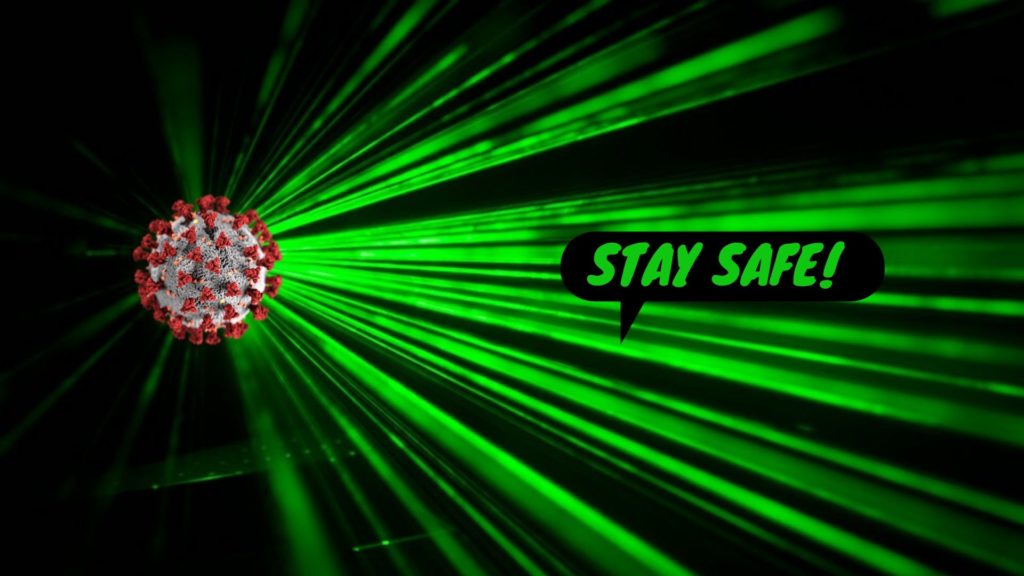The laser light scattering technique allows the researchers to observe the droplets produced by talking and highlights the usefulness of the mask in the fight against the pandemic
The world is fighting the pandemic caused by the SARS-CoV-2 virus and many nations are ready to implement the plans to restart. The main focus will be on how to limit the spread of the virus. A previous Finnish study has already simulated the spread of the virus following a cough in a closed environment. A new study, presented in The New England Journal of Medicine, showed the difference between talking with and without the mask.
Researchers at the National Institutes of Health, Bethesda and Perelman School of Medicine at the University of Pennsylvania, Philadelphia, used a technique called laser light scattering. The procedure is used to observe the distribution of very small particles in space, just like the particles of saliva expelled while talking. The test was conducted with a person who repeated the sentence “stay healty” with different tones of voice, without and with the mask.
The video show that when a person speaks without a mask, several drops between 20 and 500 micrometers in diameter are produced. Each droplet produces a green flash in the video. The intensity of the flash indicates the size of the particle and how long it persists in the area. The three pronounced sentences without mask carry out a similar pattern of generated particles, with an increase in the number of droplets corresponding to the increase in tone of voice. When the phrase is said with a mask on the mouth of the researcher, the number of particles produced collapses and becomes undetectable by the instrument.
The researchers also observed that the number of particles emitted while speaking is lower than the number produced with a cough or sneeze. The results do not demonstrate the role of the areosol produced in the transmission of the virus. However, the study quantitatively describes the effect of the masks in the dispersion of the droplets and provides additional information to scientists to better cope with the future period of living with the new coronavirus.
